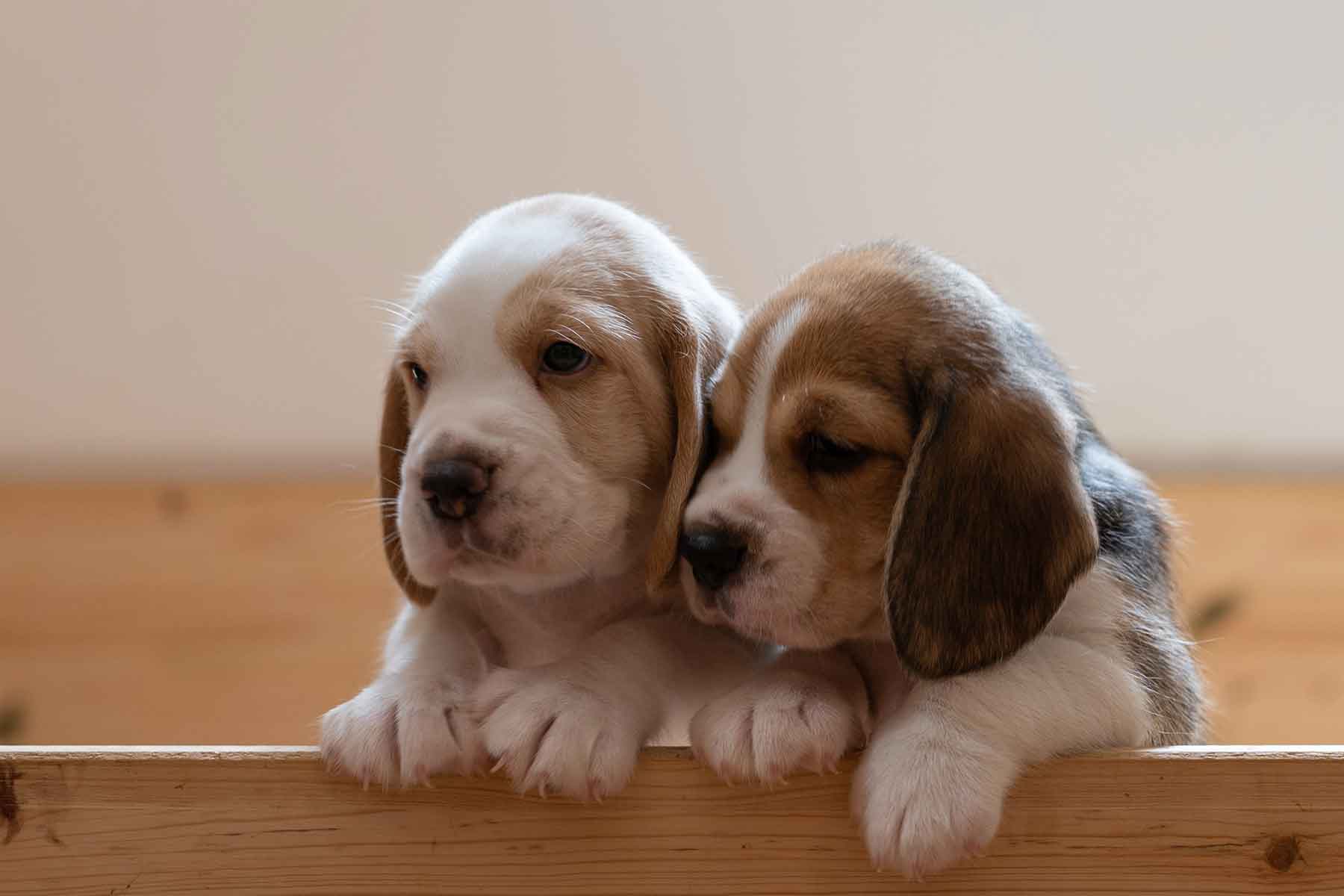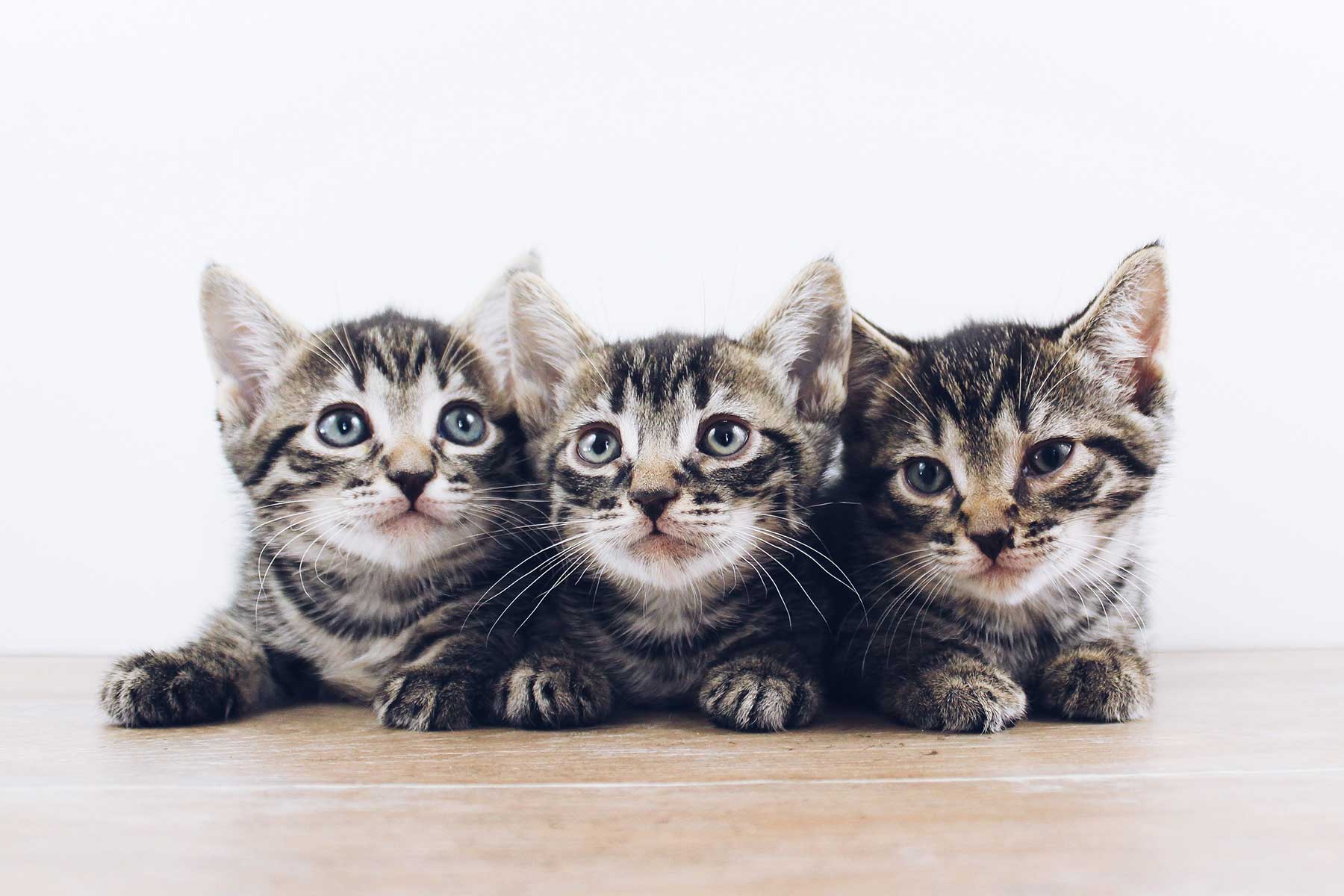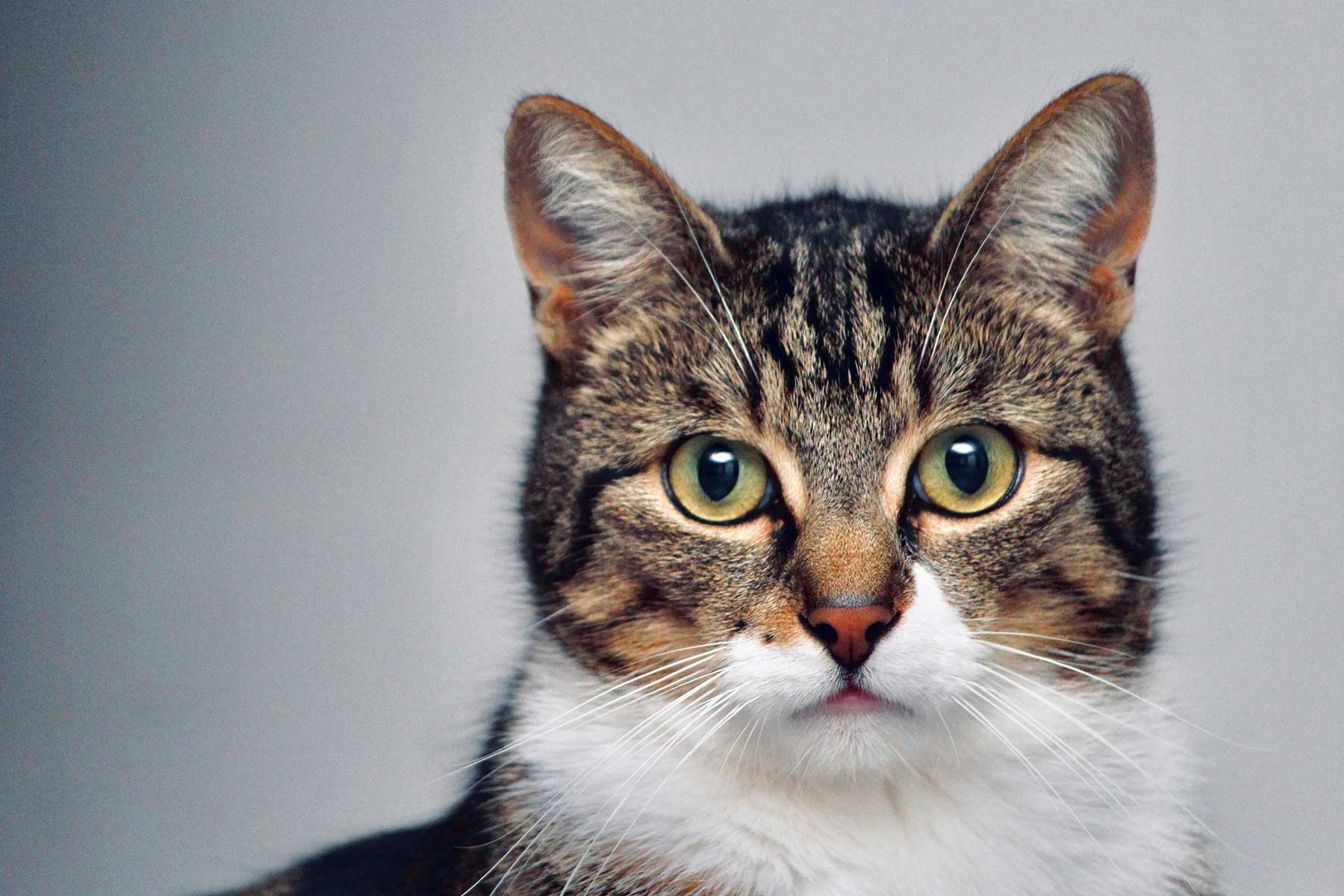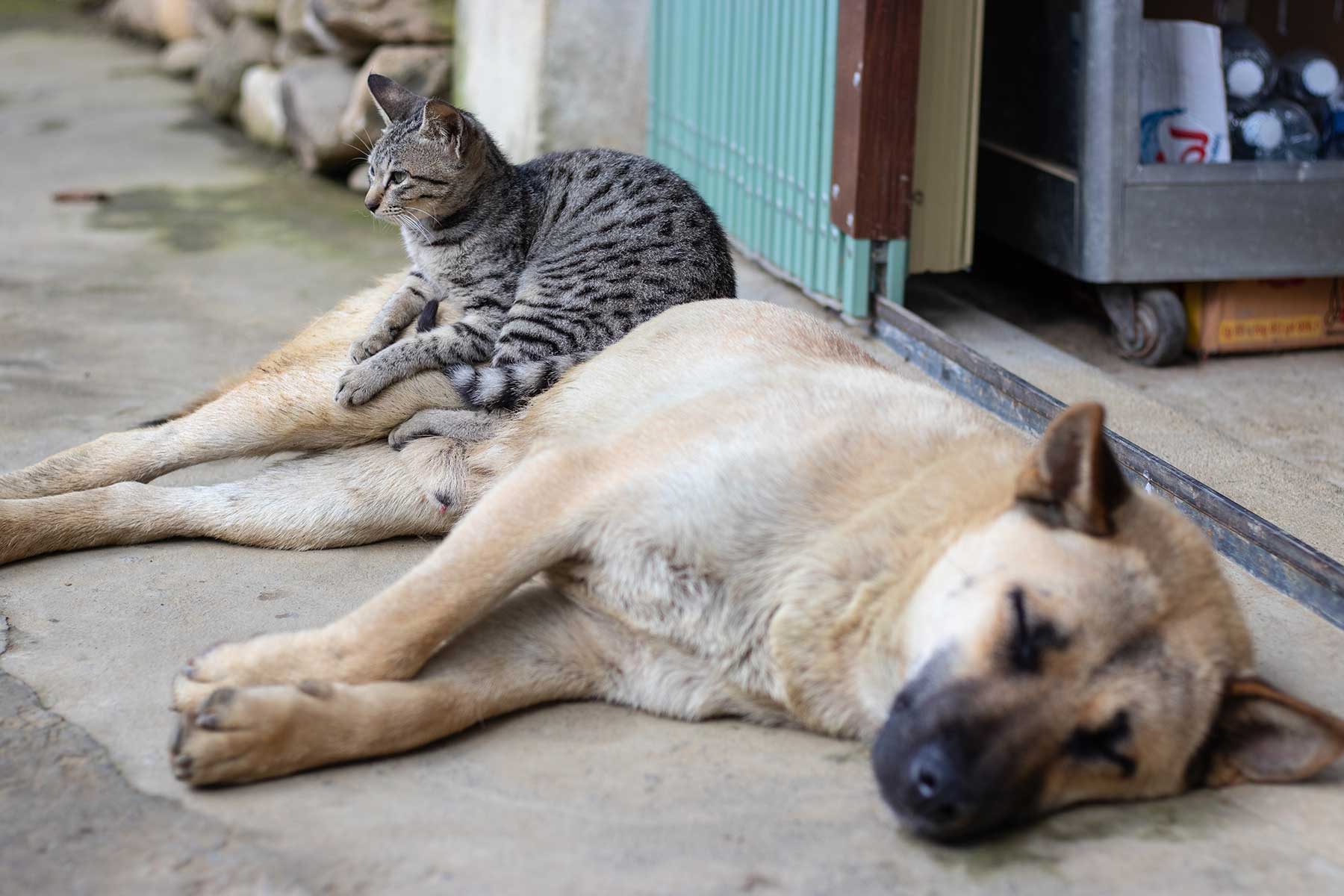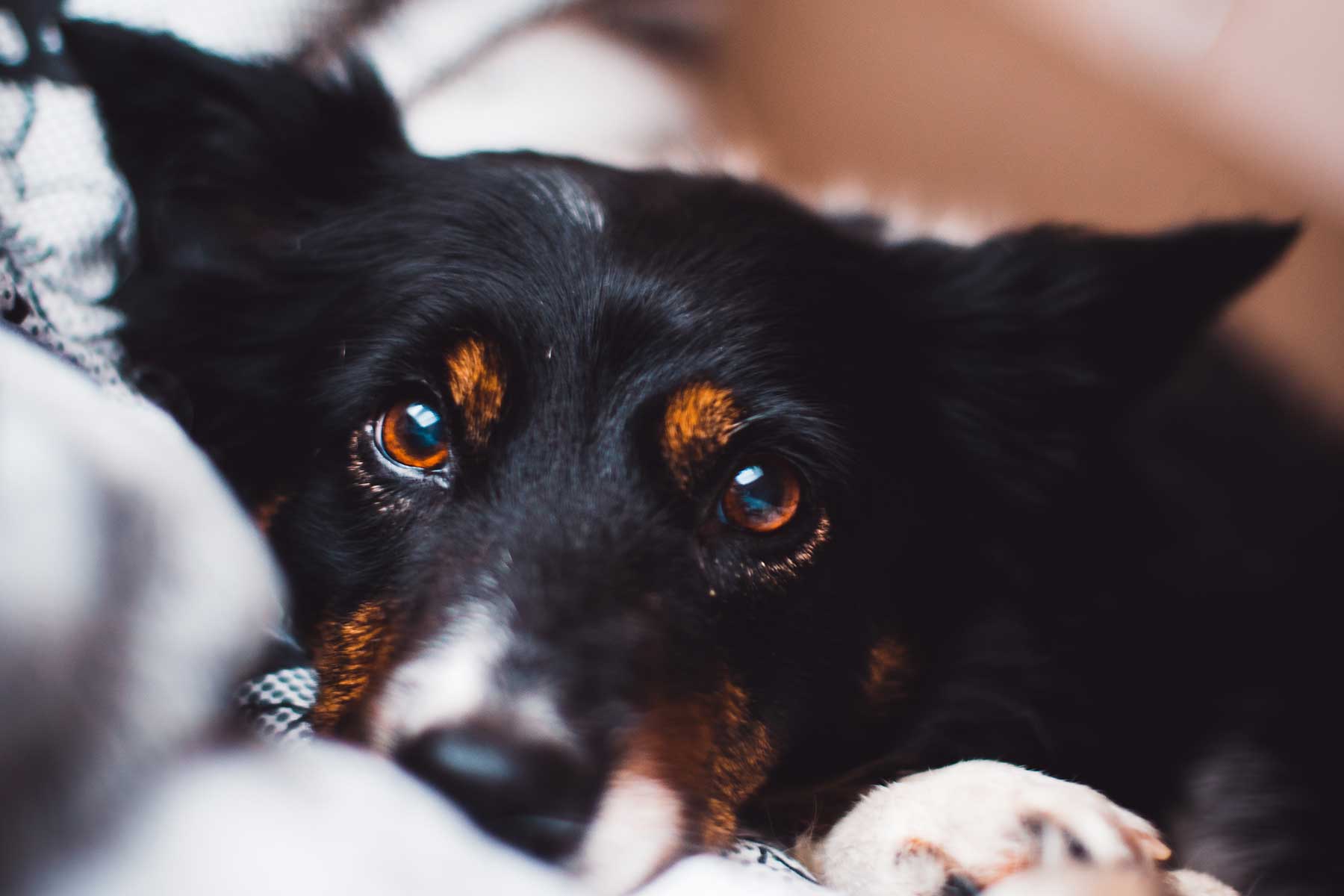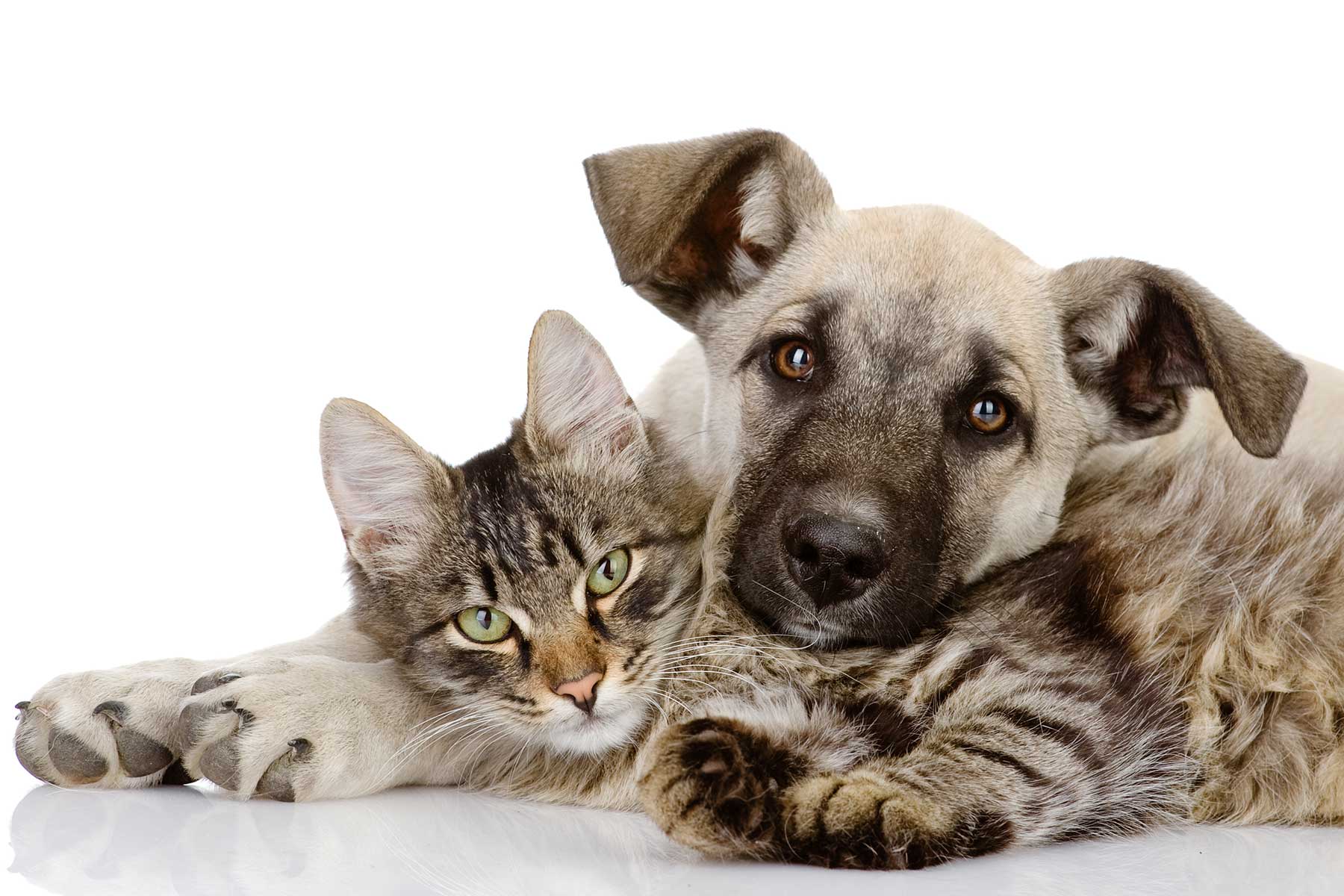Your puppy has no choice about going to the toilet, it’s the most natural thing in the world. When they first start out they have very little bladder and bowel control just like human babies and often “holding on” is not possible. Teaching your puppy the right place to go is a valuable investment of time, effort and patience on your part.
The key to toilet training is supervision, confinement, routine and lots of praise.
Supervision
If your pup has the run of the house unsupervised, you are setting your pup up to fail. Accidental toileting inside the home impedes learning and also gives you a nasty mess to clean up.
Confinement
Obviously constant supervision of your pup is impossible. When your puppy cannot be watched he/she should be confined to an area such as the laundry, kitchen, play pen or puppy crate.
Routine
Take your puppy out to the same spot in your yard regularly (refer to the table for “hold it” times). Use a lead so you can reward your puppy immediately (and yes, this does include those cold, rainy winter evenings!).
Take your pup out for toilet breaks as soon as they wake up, after eating, drinking and after play sessions.
Praise
Using punishment to teach toilet training is an ineffective technique as it just means puppy will be reluctant to “go” in front of you. This makes it even harder to reward the correct behaviour and can lead to pups that will go off and hide to do their “business”. So the key to success is praise and lots of it – after a job well done.
Make sure when you take your puppy out, it is for a purpose, remember you are not out there to play, no matter how much your puppy would like a game. Wait 5 minutes, ignoring your puppy during this time. Once puppy has toileted (this won’t happen every time you go out), give lots of praise and a food reward if desired then have a play session with the pup. Your puppy then learns that all the fun will only start after they have been to the toilet.
Top Toilet Training Tips
- Dogs can be taught to “go” on cue, which can be very handy. Use a word “toilet”, “peetime” (any word you like as long as you use it consistently), as soon as puppy starts to squat. Puppies soon learn the association between the word cue and toileting.
- Watch for sudden sniffing, circling or whining that may indicate a need for the toilet.
- Attaching a cat bell to your puppy’s collar can be useful as the noise will alert you to the fact that he/she is awake and on the move, and you know what happens next…
- Avoid any ammonia based cleaners to clean any “mistakes”. Use products that will neutralize the odour like bi-carb & water, enzymatic washing powders or urine-off (a product specifically designed for this purpose). It is best to remove puppy from the room while you clean the mess.
How Long Can Your Puppy “Hold It”?
These are estimated times and can change depending on the size and breed of your dog.
A young pup will need to go to the bathroom as often as every 20-30 minutes. Your puppy will need to wee as quickly as 5-10 minutes after drinking and don’t forget after any activity such as playing or sleeping it is highly likely that your puppy will need to go to the toilet.
| Puppy’s Age | Time between bathroom visit |
|---|---|
| 2 months | 1 – 2 hours |
| 3 months | 4 hours |
| 4 months | 5 hours |
| 5 months | 6 hours |
| 6 months | 7 hours |
| 7 months | 8 hours |
Toilet Training Troubles
We highly recommend using reward based training to help your dog learn the basics of knowing where to go and where not to go. Our detailed house training guide will help you deal with a naughty misbehaving puppy, as well as one that might be having a bit of difficulty with toilet training.
At our Puppy Preschool classes we teach you and your pup about toilet training, socialisation, diet, feeding, how to care for your puppy and more! Find out if one of our vet clinics is offering our puppy training classes near you today.

